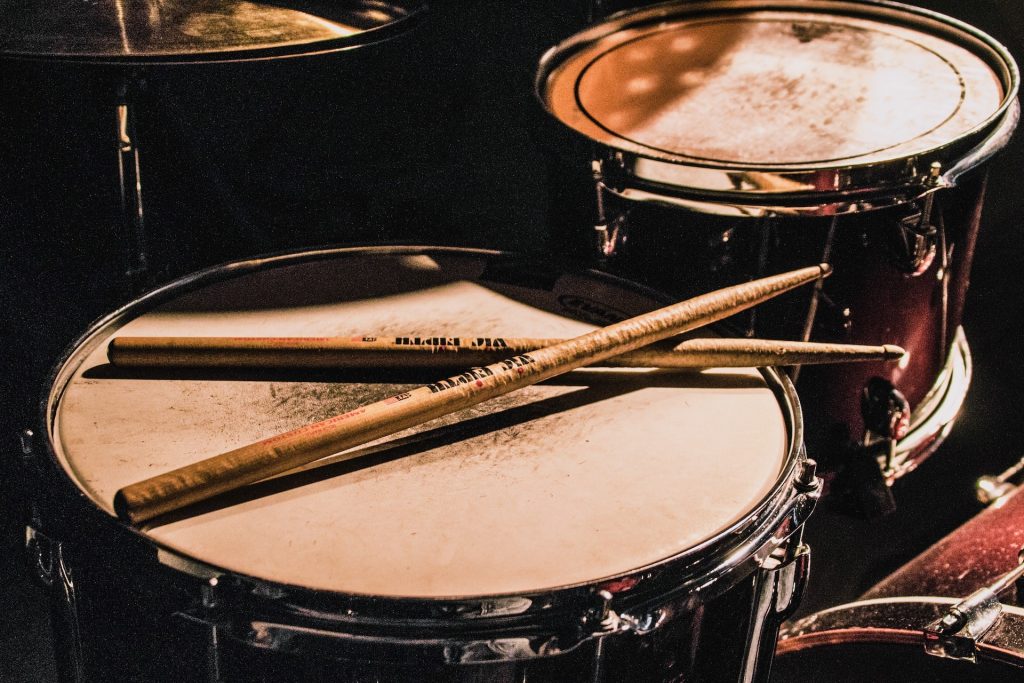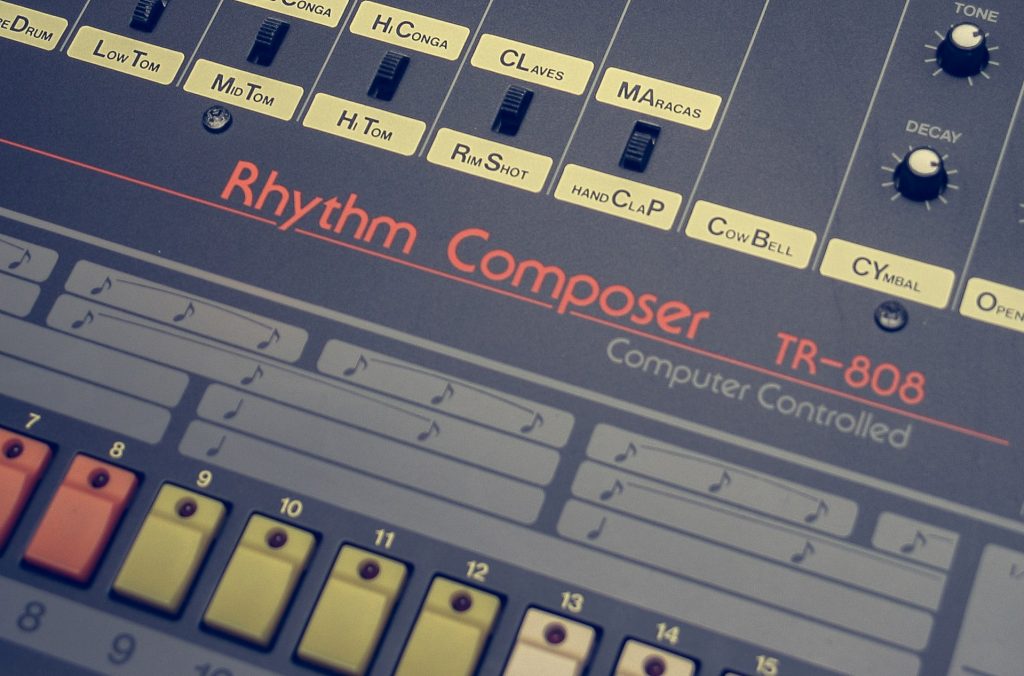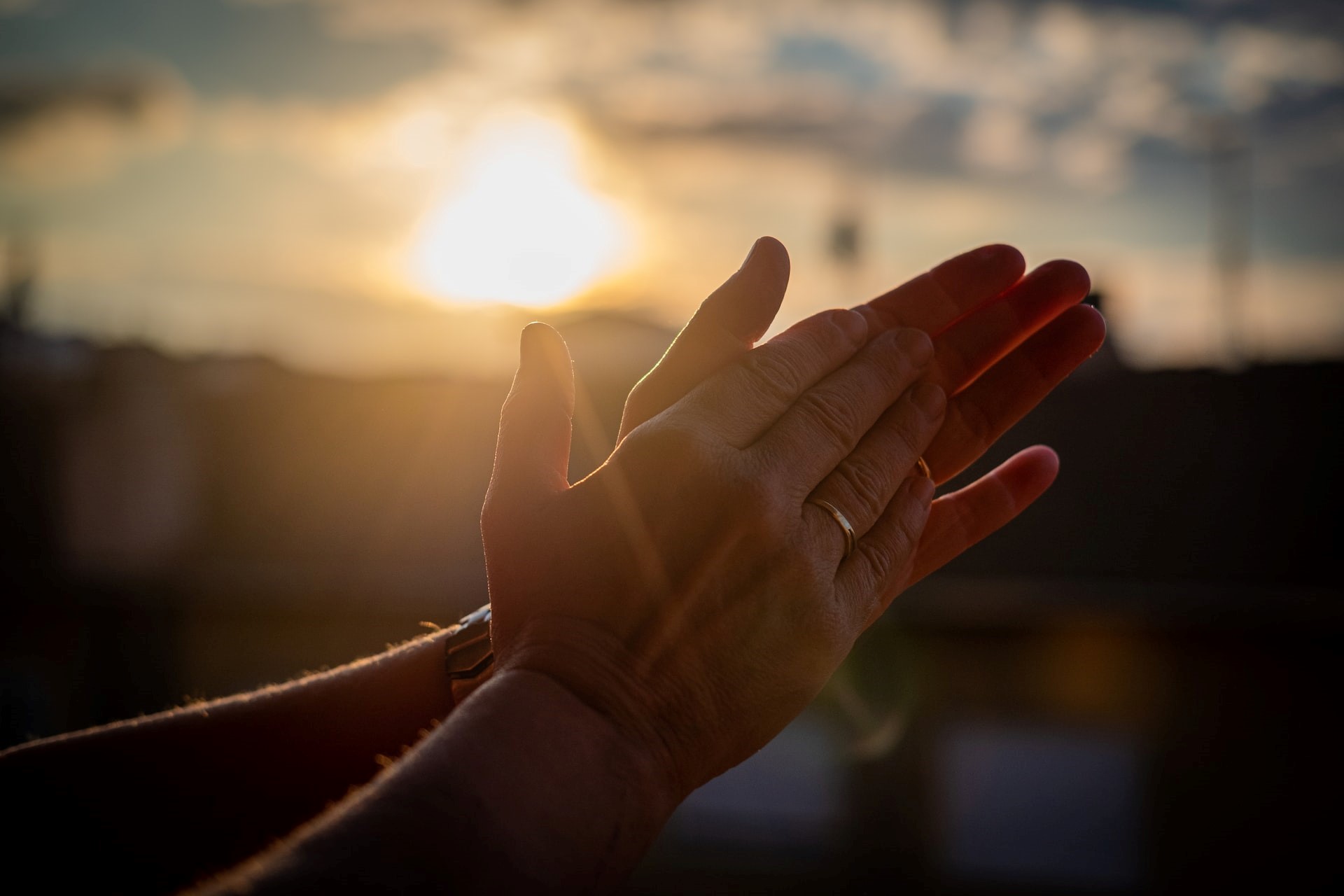When we hear expressions such as “what a rhythm” or “I have heard that rhythm before” and other similar ones, we are referring to patterns that we recognize as musical, that we have probably already heard on other occasions, contexts and compositions.
They are the sacred rhythms, the deepest root that structures and organizes the music that is made, at any time, in any way, and that gives each composition a specific character. Let’s explore the fascinating world of musical rhythms.
Rhythm, beat, pulse
The first thing we have to say and emphasize about this matter is that rhythm, as a concept and as a reality in our lives, is something that manifests itself in many moments and circumstances. It is something so deep and basic in the way we perceive and understand the world around us that it is worth being well aware of it. In the article entitled “Rhythm in music” I speak more precisely about these implications and the way in which practically everything in our existence is crossed and is sustained, to a certain extent, by rhythm. The truth is that, for people who have not received a regulated musical education of any kind or who simply have not paid special attention to the ins and outs of the songs and music that are heard everywhere every day, the musical rhythm, the beats and the pulse, among other concepts, may seem like synonyms or unimportant theoretical issues. But for those who are interested in understanding how these works that enter our ears and make us feel, move us and, sometimes, even shake us, are made, there are some things to clarify in this matter. The elementary rhythmic unit is the pulse. It is something regular that is at the base of any rhythmic combination, pattern or key. You can listen to it in any composition or only perceive it as implicit, as a reference for the rest of the elements that make up the music of the work. It can be faster or slower and, in principle, does not include accents.
 The battery sometimes carries the musical rhythm. The compases, to summarize the subject very much, are groupings of pulses and accents, stronger or more intense pulses, that are repeated regularly during a work or part of it. They are the well-known 2/4, 4/4, 6/8 and others. Generally, time signatures are divided into a few categories to distinguish them. Let’s see a sample of these basic musical rhythms that we call bars: Binaries (2/4, 6/8) Ternaries (3/4, 9/8) Quaternaries (4/4, 12/8) Amalgam (5/4, 7 /4, etc…) Finally, on those pulses and those measures, the rhythms are executed, the percussive combinations that we all recognize and that, depending on the cultural field in which they occur, will receive names such as pattern, key, palo, etc. … Having said that, we are going to focus on those rhythms that we recognize, on that perception that we have of each combination.
The battery sometimes carries the musical rhythm. The compases, to summarize the subject very much, are groupings of pulses and accents, stronger or more intense pulses, that are repeated regularly during a work or part of it. They are the well-known 2/4, 4/4, 6/8 and others. Generally, time signatures are divided into a few categories to distinguish them. Let’s see a sample of these basic musical rhythms that we call bars: Binaries (2/4, 6/8) Ternaries (3/4, 9/8) Quaternaries (4/4, 12/8) Amalgam (5/4, 7 /4, etc…) Finally, on those pulses and those measures, the rhythms are executed, the percussive combinations that we all recognize and that, depending on the cultural field in which they occur, will receive names such as pattern, key, palo, etc. … Having said that, we are going to focus on those rhythms that we recognize, on that perception that we have of each combination.
Rhythms and musical genres
If we return to the real world, to the immediacy of music, and leave theoretical issues aside for a moment (although pulse, beats, and so on are very, very real), if we go to the most obvious and perceptible of musical rhythms, we we quickly find the styles, the musical genres themselves. Musical rhythms have such gigantic power that, on their own, they can almost completely define a musical genre. And, although we are used to linking rhythm with percussive instruments such as drums, claps or full drums, in reality musical rhythms manifest themselves in any instrument, even in the voice, at the very moment they are unfolding and reaching our ears. Music without rhythm would not be music. Without chords or melody, yes, but without rhythm it would be incomprehensible. That is the enormous power we are talking about. When we hear the Bossa nova key played by a guitar or a piano, we immediately recognize that genre, that particular way of channeling a melody, a phrasing or any compositional idea.
![]() Bossa nova key Everything we hear with that implicit key will respond and happen in relation to it, absolutely everything. And if something strays too far from that particular pattern of beats and accents, we’ll quickly notice that something isn’t right, sounds wrong, or just doesn’t make sense.
Bossa nova key Everything we hear with that implicit key will respond and happen in relation to it, absolutely everything. And if something strays too far from that particular pattern of beats and accents, we’ll quickly notice that something isn’t right, sounds wrong, or just doesn’t make sense.
Some well-known musical rhythms
To specify even more and understand exactly what a musical rhythm is, we are going to put some well-known examples and we will completely clear up any doubts. In addition to Bossa Nova, which I have just mentioned, other well-known and recognizable musical rhythms that have been practiced in recent decades could be bolero, rumba, chacarera, funk or reggaeton or denbow itself, which is known as called in the beginning. Any piece of music or song will use at least one musical rhythm, a sequence of beats and accents that are repeated with some regularity. And, for example, when you want to make a version or cover of a song that involves a change of rhythm, the rest of the musical elements must adapt to the new rhythm proposed so that the whole sounds coherent. As you can see, the rhythm commands, mercilessly, from the bottom to the top, omnipresent and almighty.
 Music sometimes starts on a drum machine
Music sometimes starts on a drum machine
Conclusions
In short, the musical rhythms, which could easily be seen as the backbone of music and songs. Its hierarchy and importance is such that there is no other musical element, not even the lyrics of the songs, to a large extent, that can ignore or evade the rhythm of a composition. In fact, the first reason we sometimes hear a performer or band playing weird, imprecise, or confused is when a part moves away from the intended or suggested rhythmic movement and meaning. Musical rhythms are inspiration and human expression at full capacity. With just our hands, or moving our feet, or hitting our thighs or chest with musical intent, we can thus activate a rhythmic pattern and start making music. No more is needed. Choose or invent a musical rhythm and start making music or write your song. #mailpoet_form_3 .mailpoet_form { } #mailpoet_form_3 .mailpoet_column_with_background { padding: 10px; } #mailpoet_form_3 .mailpoet_form_column:not(:first-child) { margin-left: 20px; } #mailpoet_form_3 .mailpoet_paragraph { line-height: 20px; margin-bottom: 20px; } #mailpoet_form_3 .mailpoet_segment_label, #mailpoet_form_3 .mailpoet_text_label, #mailpoet_form_3 .mailpoet_textarea_label, #mailpoet_form_3 .mailpoet_select_label, #mailpoet_form_3 .mailpoet_radio_label, #mailpoet_form_3 .mailpoet_checkbox_label, #mailpoet_form_3 .mailpoet_list_label, #mailpoet_form_3 .mailpoet_date_label { display: block; font-weight: normal; } #mailpoet_form_3 .mailpoet_text, #mailpoet_form_3 .mailpoet_textarea, #mailpoet_form_3 .mailpoet_select, #mailpoet_form_3 .mailpoet_date_month, #mailpoet_form_3 .mailpoet_date_day, #mailpoet_form_3 .mailpoet_date_year, #mailpoet_form_3 .mailpoet_date { display: block; } #mailpoet_form_3 .mailpoet_text, #mailpoet_form_3 .mailpoet_textarea { width: 200px; } #mailpoet_form_3 .mailpoet_checkbox { } #mailpoet_form_3 .mailpoet_submit { } #mailpoet_form_3 .mailpoet_divider { } #mailpoet_form_3 .mailpoet_message { } #mailpoet_form_3 .mailpoet_form_loading { width: 30px; text-align: center; line-height: normal; } #mailpoet_form_3 .mailpoet_form_loading > span { width: 5px; height: 5px; background-color: #5b5b5b; }#mailpoet_form_3{border: 1px solid #fcb900;border-radius: 40px;text-align: center;}#mailpoet_form_3 form.mailpoet_form {padding: 20px;}#mailpoet_form_3{width: 70%;}#mailpoet_form_3 .mailpoet_message {margin : 0; padding: 0 20px;}#mailpoet_form_3 .mailpoet_paragraph.last {margin-bottom: 0} @media (max-width: 500px) {#mailpoet_form_3 {background-image: none;}} @media (min-width: 500px) { #mailpoet_form_3 .last .mailpoet_paragraph:last-child {margin-bottom: 0}} @media (max-width: 500px) {#mailpoet_form_3 .mailpoet_form_column:last-child .mailpoet_paragraph:last-child {margin-bottom: 0}} Please leave this field emptyDo you write songs or would you like to?
Email * I have read and accept the Privacy Policy With the Guide «the journey of a song» gift Check your inbox or spam folder to confirm your subscription.

